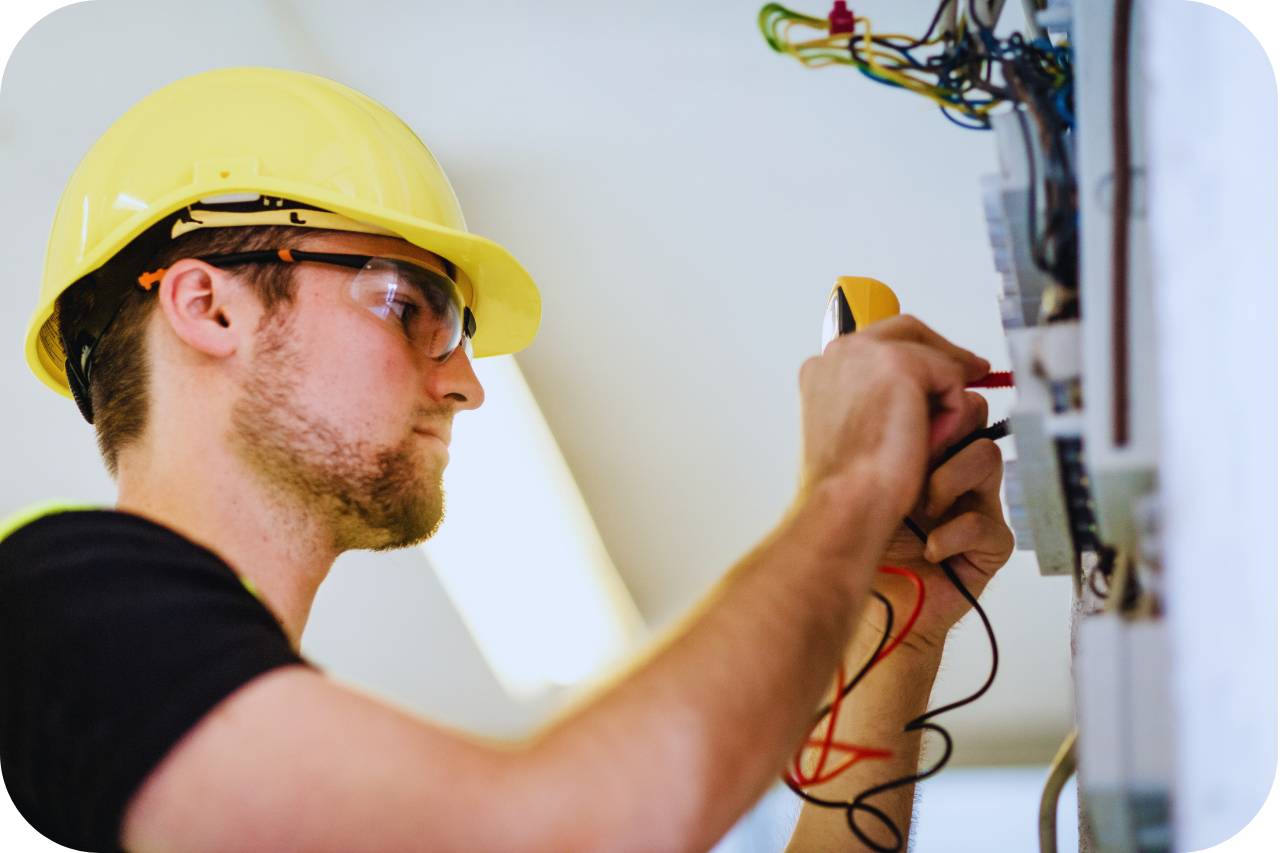Getting My Roar Solutions To Work
Getting My Roar Solutions To Work
Blog Article
The Main Principles Of Roar Solutions
Table of ContentsSome Ideas on Roar Solutions You Should KnowMore About Roar SolutionsRoar Solutions Can Be Fun For Everyone
In such an ambience a fire or surge is feasible when 3 fundamental problems are fulfilled. This is commonly referred to as the "dangerous location" or "burning" triangle. In order to protect setups from a prospective explosion a technique of analysing and categorizing a potentially harmful location is called for. The purpose of this is to ensure the proper option and installment of tools to ultimately avoid a surge and to make certain safety of life.
(https://sketchfab.com/roarsolutions)
No devices should be installed where the surface area temperature of the equipment is more than the ignition temperature of the given risk. Below are some typical dust harmful and their minimum ignition temperature level. Coal Dust 380C 225C Polythene 420C (melts) Methyl Cellulose 420C 320C Starch 460C 435C Flour 490C 340C Sugar 490C 460C Grain Dirt 510C 300C Phenolic Material 530C > 450C Aluminium 590C > 450C PVC 700C > 450C Soot 810C 570C The chance of the danger existing in a concentration high enough to create an ignition will certainly vary from place to location.
In order to classify this threat a setup is divided right into locations of threat depending upon the amount of time the harmful exists. These locations are referred to as Areas. For gases and vapours and dirts and fibers there are three areas. Zone 0 Zone 20 A harmful environment is highly likely to be existing and may exist for long durations of time (> 1000 hours each year) or perhaps continuously Area 1 Area 21 A harmful ambience is feasible but unlikely to be existing for lengthy durations of time (> 10 450 C [842 F] A category of T6 means the minimal ignition temperature is > 85 C [185 F] Dangerous area electrical devices possibly designed for use in greater ambient temperature levels. This would suggested on the rating plate e.g. EExe II C T3 Ta + 60C( This means at 60C ambient T3 will not be exceeded) T1 T1, T2, T3, T4, T5, T6 T2 T2, T3, T4, T5, T6 T3 T3, T4, T5, T6 T4 T4, T5, T6 T5 T5, T6 T6 T6 A T Class rating of T1 indicates the optimum surface temperature created by the tool at 40 C is 450 C. Thinking the associated T Class and Temperature ranking for the devices are appropriate for the location, you can constantly use an instrument with an extra strict Department rating than needed for the area. There isn't a clear solution to this question regrettably. It truly does depend upon the kind of tools and what fixings require to be accomplished. Equipment with specific examination treatments that can't be done in the field in order to achieve/maintain third event ranking. Should return to the manufacturing facility if it is prior to the tools's solution. Area Repair By Authorised Worker: Challenging screening may not be needed however details procedures might require to be complied with in order for the tools to maintain its 3rd party rating. Authorized employees need to be used to carry out the job properly Repair work should be a like for like replacement. New element need to be considered as a read straight substitute needing no special testing of the devices after the repair is total. Each item of devices with a harmful rating need to be examined independently. These are detailed at a high level listed below, but also for more detailed details, please refer directly to the standards.
Top Guidelines Of Roar Solutions
The tools register is a comprehensive data source of tools documents that consists of a minimum set of fields to recognize each item's place, technical parameters, Ex-spouse classification, age, and ecological data. The proportion of Detailed to Shut evaluations will certainly be figured out by the Equipment Danger, which is assessed based on ignition risk (the possibility of a source of ignition versus the possibility of a combustible ambience )and the hazardous location category
( Zone 0, 1, or 2). Executing a durable Risk-Based Inspection( RBI )approach is important for ensuring conformity and security in taking care of Electric Devices in Hazardous Locations( EEHA).
Indicators on Roar Solutions You Need To Know

In regards to explosive risk, a harmful area is an environment in which an eruptive atmosphere is present (or might be expected to be present) in amounts that require unique precautions for the building, installment and use devices. Roar Training Solutions. In this article we discover the challenges faced in the workplace, the danger control steps, and the called for proficiencies to work safely
These compounds can, in particular problems, form explosive atmospheres and these can have major and awful effects. Most of us are familiar with the fire triangle eliminate any type of one of the three aspects and the fire can not occur, however what does this mean in the context of unsafe areas?
In many instances, we can do little regarding the degrees of oxygen in the air, however we can have significant impact on sources of ignition, for example electric devices. Dangerous areas are documented on the hazardous location classification illustration and are recognized on-site by the triangular "EX" indicator. Below, among other vital details, areas are divided right into 3 types relying on the hazard, the likelihood and period that an eruptive environment will exist; Area 0 or 20 is deemed the most unsafe and Area 2 or 22 is deemed the least.
Report this page